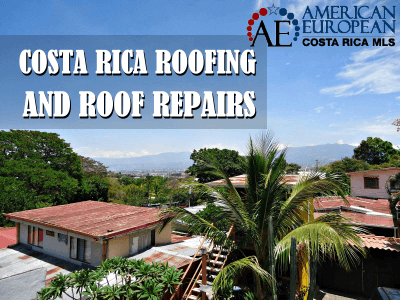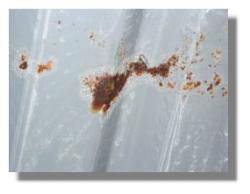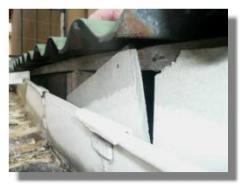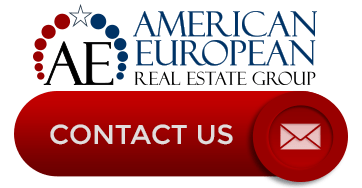Estimated Reading Time: 5 Minutes

Once you purchase a home in Costa Rica roofing and roof repairs become an important part of your life. You should know that once the rainy season begins, your leaky roofs and flashing installations need repairs. During the rainy season, there is a lot more rain than receive back home.
So if you own a single-family home or a condominium in Costa Rica, you need to pay attention to your roof and gutters. Thomas Rosenberger, the # 1 home inspector in Costa Rica has written several blogs for our readership that tell us all about Costa Rica roofing and roof repairs. You can also read Tom’s original blog on his own website, as well as many other tips about Costa Rica construction and home inspection. Tom gave us permission to publish this article.
There are several methods to troubleshoot and solve roofing problems. Following 20 years of inspecting and constructing houses in Costa Rica, I’ve witnessed mostly quick fixes that temporarily solve leaky roofs. Quick fix roof repairs methods with tubes of silicone to fill gaps are nothing more than band-aids on open wounds. The leaking roofs seldom satisfy homeowners.
Quality building materials
I’ve found that it’s not prudent to participate in projects unless quality building materials and proven installation methods can be utilized to completely solve the client’s problems. Therefore the contractor does not need to return several times to complete the roof repairs to the client’s satisfaction.
The photos and descriptions in this presentation are the most frequent construction defects I’ve discovered during my 20 years of construction and home inspections in Costa Rica. Additionally, I’ve detailed the most suitable methods to completely solve the problems.

Painting with anti-corrosive paint
One method that the Tico builders use to maintain their roofs is to periodically paint the metal laminates with anti-corrosive paint. Anyone who has purchased paint in Costa Rica knows that the paint is expensive. Usually, it doesn’t last more than a year on roofs under the intense ultraviolet rays of the sun.
When the paint peels off the metal laminates, it’s a lot of work to clean the loose paint. It is necessary to prepare the surface for another coat of new paint. Corrosion begins on the exterior surfaces of the laminates as well as on the undersides of the laminates. As the metal is exposed to further humidity if the roof surface is not maintained consistently with sufficient anti-corrosive paint, the corrosion spreads easily.

Infiltrating moisture
The majority of builders use corrugated metal laminates for roofing in Costa Rica. These laminates are screwed into lightweight wood or metal structures. Moisture is not prevented from infiltrating inside the dwellings because proper sheathing and waterproofing underlayment is seldom used. So when corrosion begins on the bottom of metal laminates, it spreads like cancer.
I have inspected roofing installations where plywood sheathing was utilized. However, drip edge flashing is rarely used. When the gutters fill up during heavy rains, the water backs up onto the sheathing. This causes the plywood to warp as well as entering inside the soffits and onto the fascias. The absence of flashing is one of the most common problems here in Costa Rica. Most local tradesmen don’t know how to properly install flashing materials.

A variety of damages
The shortcomings of these types of inferior roofing installations result in a variety of damages to dwellings. Full gutters always flow to the inside. Once the water is inside the overhangs, it causes moisture damage to the ceilings of the soffits and eventually becomes visible on the exterior of the overhanging soffits.
Fibrolit
Additionally, this same water accumulating inside the gutters flows onto the fascia materials and eventually stains the surface. The soffits and fascias have cementitious laminates (known as Fibrolit) for the finished surface. Repairmen cannot tape or plaster Fibrolit like drywall. Therefore cracks are always visible where they join together.
This article was written by Tom Rosenberger (R.I.P). Tom was a knowledgeable home and land inspector in Costa Rica with over 30 years of land development and construction experience.


















